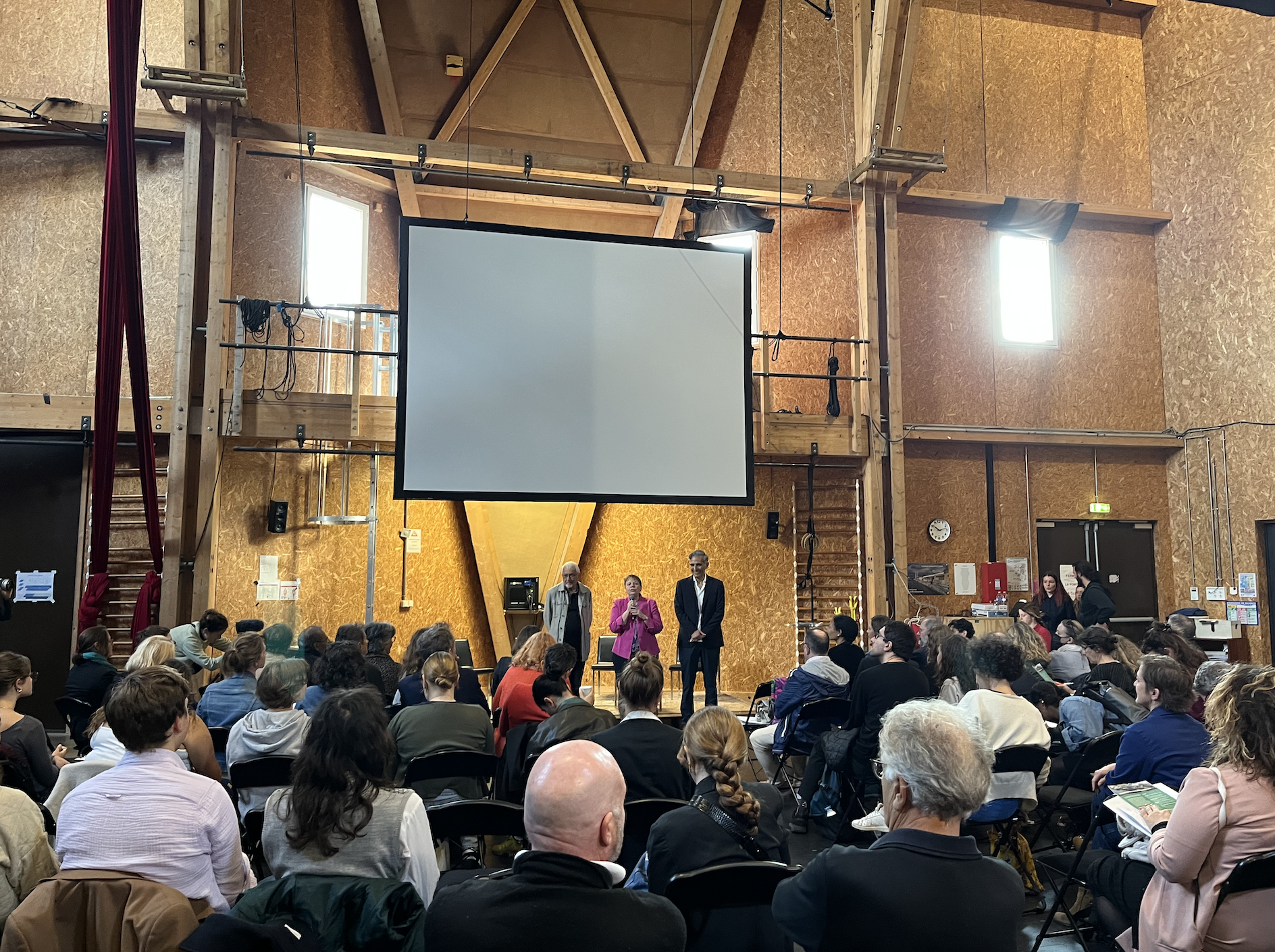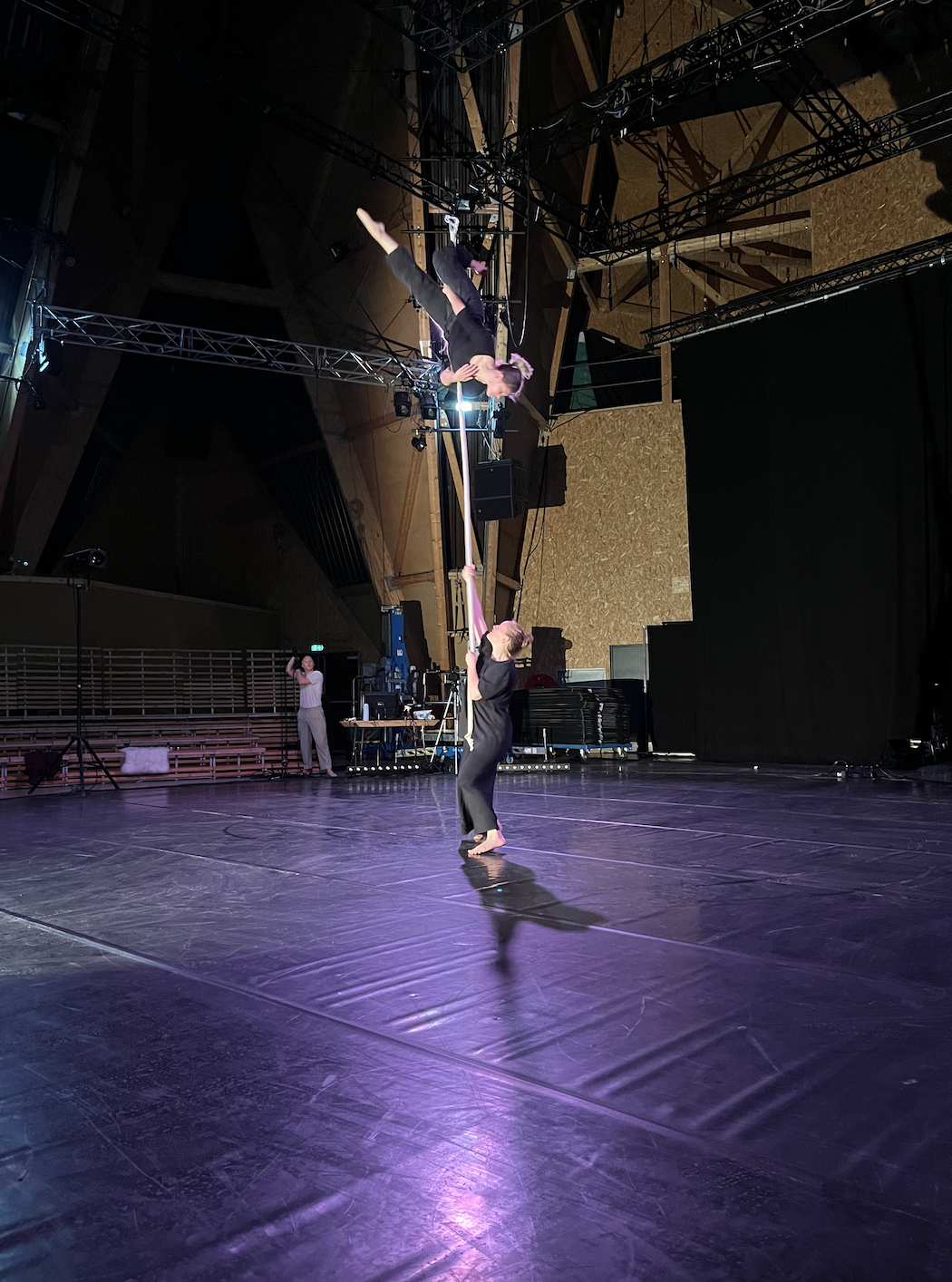On Wednesday 18 September 2024, the ACCR attended the first study day on the heritage of the peripheries organised by the Plus Petit Cirque du Monde, located in Bagneux (92) and awarded the Centre Culturel de Rencontre label in 2023. The event was supported by the DRAC Ile-de-France and organised in close collaboration with the members of the Scientific Council, the town of Bagneux, the Metropole du Grand Paris and the ACCR.
As the opening event of the European Heritage Days, this day provided an opportunity to question the perception of peripheral territories and to recall their heterogeneous character and rich potential. It was also an opportunity to question what constitutes heritage, and the discussions emphasised the need to listen to and trust the knowledge of local people.
The day was punctuated by artistic interventions inside and outside the walls, guided tours and sensitive walks offering a dialogue between the circus arts and the town of Bagneux.
/Heritage on the periphery
Using the terms ‘heritage’ and ‘suburbs’ in the plural allows us to approach the reality of the area. The broad meaning of heritage was explored, with particular emphasis on linguistic and social aspects.
The discussions also focused on the reinvention of urban planning, which is not limited solely to the act of building. Revealing the way in which heritage can be created with residents, drawing up inventories of ways of living, practising architectural permanence, redefining the link between heritage and public space, recognising the skills that residents acquire in their day-to-day work on the ground - these are all acts of architecture and resources that can be mobilised to create common ground around the built environment.
Heritage is not the end of history; it is not there simply to celebrate the past. What counts more than the place itself is the interaction with the local population. It's a question of starting on a small scale, of listening to what's happening on the ground to find out what heritage is. By revealing the heritage aspect of everyday life in this way, local people become aware of their value, the weight of their history and their skills.
/The question of stories
Reversing stigmas, recalling the legacies of migration and reinventing the approach to urban planning are ways of going beyond the pejorative and depreciative images attributed to peripheral areas. The suburbs are breeding grounds for new narratives and new centralities.
As part of this process, we need to give a central place to the voices of local residents. As living archives, residents embody the heritage that enables them to write stories about the area, invent new communities and create a sense of collective pride. Heritage becomes a resource for mediating the process of building a society together.
This approach to the peripheries is spelt out in the manifesto on the heritage of the suburbs, which stresses the porous nature of borders, the different layers of the history of the suburbs, its heterogeneous nature and the fact that it is a heritage on which there is no consensus.









